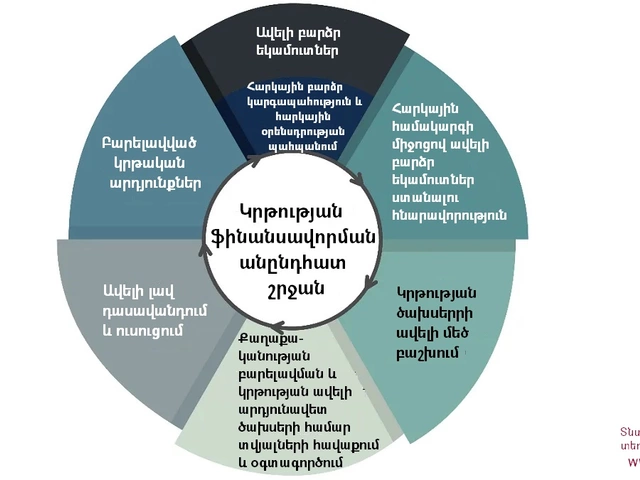
Prime Video hits pause as tax-credit clock starts ticking
A $22.4 million tax credit doesn’t usually sit idle. Yet that’s the case for Prime Video, which has halted production on Mr. & Mrs. Smith Season 2, putting a high-profile LA shoot into limbo and raising questions about whether cameras will roll before the deadline closes in.
The delay, reported on September 11, 2025, stems primarily from cast issues, according to people familiar with the production. The sophomore run, set to relocate to Los Angeles, was slated to begin filming this fall. The pause arrived after the project secured one of the larger allocations in the California Film Commission’s program at the end of March 2025, a sign the series was gearing up for a sizable footprint in the state.
There’s a calendar attached to that money. Under the commission’s guidelines, productions must commence within 18 months of receiving a provisional allocation. For this series, that window stretches to roughly September 2026. Miss it, and the credit effectively evaporates, forcing producers to reapply or rethink the entire plan. In other words: fix the casting, align schedules, and start shooting—fast.
The show’s creative leadership has its own moving parts. Co-creator and Season 1 showrunner Francesca Sloane was due back for Season 2. Since then, she’s signed an overall deal with HBO and begun developing the third season of Big Little Lies. That kind of dual-track workload is common for top showrunners, but it complicates calendars. Even if the casting puzzle gets solved, aligning Sloane’s availability with a full LA shoot becomes another layer of logistics.
Season 1 starred Donald Glover and Maya Erskine as the mismatched operatives playing house while running ops. It landed strong reviews—90% on Rotten Tomatoes—and became a notable win for Prime Video’s originals slate. Season 2 was designed as a pivot. New leads Mark Eydelshteyn and Sophie Thatcher were tapped to take over the central roles, while Glover planned to stay on as an executive producer and step back from the on-screen action.
That kind of handoff can work; anthology-style refreshes are common on TV now. But recasting a show that built momentum on the chemistry of two leads invites risk. Scripts often need to be tailored to new voices. Contracts and schedules take time. If either new lead’s dates collide with other projects, the whole production grid can wobble. Pile on a showrunner juggling another marquee series, and the likelihood of slippage rises.
Why the LA move matters: the state incentive isn’t just a discount; it shapes the entire production strategy. Relocating a series ties it to local stages, crew, and vendors, all of which get booked months in advance. A delay cascades—soundstages get reassigned, department heads take other gigs, and suppliers shift priorities. Restarting isn’t as simple as flipping a switch; it’s rebuilding a calendar with dozens of dependencies.
There’s also a financial ripple. The $22.4 million allocation signals a significant in-state spend. Budgets often lock in around that framework, from post-production plans to hiring goals. If the show slips past the 18-month mark and loses the allocation, the math changes overnight. Producers would either eat higher costs, reduce scope, or rework locations—none of which are painless for a brand-name series.
Inside the writers’ room, a switch to new leads can mean deeper rewrites than it first appears. Season 1’s tone, timing, and humor fit Glover and Erskine. Eydelshteyn and Thatcher would bring a different energy. That can be a creative advantage, especially for a spy series that thrives on reinvention, but it takes time to recalibrate while keeping the show’s DNA intact. If casting deals lock late, those rewrites compress against production plans.
Prime Video hasn’t announced a new start date or detailed the holdup. Without that, the rumor mill has pointed to a possible 2026 filming window. That would still fall inside the tax-credit requirement if cameras roll by late summer. But as anyone who has watched a series juggle showrunner availability, cast timing, and location holds knows, hitting a moving target takes precision. The longer the uncertainty, the harder that becomes.
From a brand standpoint, the streamer has a reason to fight through the hassles. Mr. & Mrs. Smith is a recognizable property with a built-in hook: intimacy and espionage, equal parts relationship comedy and action thriller. Season 1 benefited from inventive guest spots and a slick, contemporary feel. A second season with new faces could broaden the universe—new handlers, new rivals, new covers—if the infrastructure holds and the creative team has room to iterate.
The question is whether the logistics will allow it. The California incentive program requires regular progress updates, and productions that go quiet for too long tend to lose their place in line—on stages, with crews, and in programming calendars. For streamers managing tighter slates, a stalled production has opportunity costs: money tied up, audience momentum paused, and scheduling slots left open that could go to other shows further along.
There’s also the silent pressure of release timing. If production begins late in 2026, post-production pushes deep into the following year. That risks losing continuity with viewers who discovered the show in its first run. Marketing then has to reintroduce the premise and sell the new leads, a bigger lift than a standard season-to-season refresh. It’s doable, but it adds to the case for locking a firm start date soon.
For Sloane, balancing an HBO overall deal with a returning Prime Video series sets up a careful choreography. Showrunners often deputize trusted No. 2s to keep scripts and prep moving while they oversee multiple projects. If Season 2 proceeds with a co–showrunner or a strong producing bench, the series could regain traction even if Sloane splits time. That’s a common solution when timelines collide, but it needs clarity early to keep department heads aligned.
As for the cast, Thatcher brings heat from her breakout turn in Yellowjackets, and Eydelshteyn arrives with the sort of fresh-faced intrigue that can reset a franchise. The bet is that audiences will follow the premise more than the original pairing. If the scripts lean into new dynamics—different spy tradecraft, new cover stories, a sharper comedic edge—the series can evolve without feeling like a downgrade.
Right now, though, everything hinges on three things: resolving the cast gridlock, securing a tight production window in LA, and confirming who is steering day-to-day in the showrunner chair. Nail those, and the tax-credit clock becomes a useful motivator rather than a threat. Miss them, and the series faces a more expensive course correction—or a permanent stall.
Prime Video has kept details close, and there’s been no official guidance on timing beyond the acknowledgment of a delay. The industry expectation, based on current chatter, is to watch the spring and summer 2026 calendars. If stage bookings and crew calls start surfacing, that will be the first real sign the show is back on the runway. Until then, the $22.4 million marker sits on the board, waiting for the green light.




